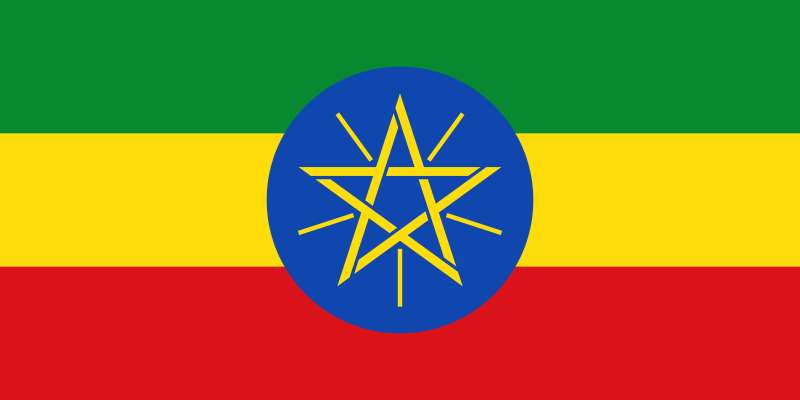Rastafarianism or the Rastafari movement began in the 1930's in Jamaica after Marcus Garvey a Black rights leader infused the lower working class peoples of Jamaica with the idea of Black pride and a love for the homeland Africa. When the Ethiopian regent Tafari Makonnen was crowned Emporor Haile Selassie in 1930 many of the jamaican people saw this as a triumphant event in the history of black and african culture. Haile Selassie is seen as God or Jesus incarnate upon Earth and the leader of a golden age in the history of Africa. Haile Selassie is known to Rastafarians as JAH, Rastafari, Conquering Lion of The Tribe of Judah, HIM and many more. Haile Selassie was himself of the Ethipian Orthodox Church.
 |
| His Imperial Majesty Emporor Haile Selassie |
Haile Selassie acknowledged the Rastafari movement but he did not confirm whether he
was divine. He did assist many Rastafarian people who wanted to repatriate to Ethiopia by setting aside land in Ethiopia for people from Jamaica and the Carribean who were of African descent. Many families repatriated there and many still live there.
 |
| Marcus Garvey |
Jamican and Ethiopian Flag.
Many Rastafarian people do not consider Rastafarianism a religion but a way of life, where there is one conciousness; a unified effort to live life in an earthly manner, not conforming to the Western way of life and connecting to the Mother land Africa .
SYMBOLS AND COLOURS
The colours Red Gold and Green were adopted by the Rasta Movent from the Ethiopian flag. These colours have become synonymous with Afrocentricity and are a symbol of Rastafarian culture.The Lion is another important symbol in the Rastafari movement, as it is a symbol of strength, conquering, and leadership. It is a symbol which is used to describe Haile Sellasie.
The Bible is an extremely important part of Rastafarianism. Although Rastafarianism is not considered a religion , Rastas read and place value on Biblical scriptures as Haile Selassie is a descendant of King David and the Queen of Sheba.
HAIR
Rastafarians are recognisable with their iconic Dreadlocked hair. The reason that Rastafarians wear their hair in Dreadlocks is to go back to the most natural non manipulative form of hair, free of chemicals and other interferances. It is also a symbol of non conformity. Rastafarian people take great pride in wearing their hair in this way .
The Rastafarian Women often wrap their hair in african wrap styles, this is seen as regal, queenly and Nubian.
Wrapping the hair becomes part of the Rastafarian womens identity, and many Rastafarian women see it as honoring and connecting to their heritage.
CANNABIS
The smoking of Cannabis is widely practiced in the Rastafari movement, not as a means to 'Get high' but to meditate, and pray. Rastafarians smoke it in its purest most herbal.
It is taken seriously.
MUSIC
In the Rastafarian Culture a form of music called Nyabinghi is performed at celebrations and commemorative dates. Nyabinghi involves the beating if drums with chanting and singing. Psalms and prayers are interwoven in the singing . The beating of the drum is seen as the heartbeat of Africa and a connection to the Ancestors.
Reggae music is more commonly associated with Rastas' many Rastafarians perform Reggae and many famous Reggae songs were made by them. The most iconic and important Reggae artist Bob Marley converted to the Rastafarian movement, and many of his songs make references to it.
Bob Marley is held as one of the most Iconic and important figures in music and in bringing the movement of Rastafari to a wider audience. His lyrics of freedom, equality, African Love and peace are Universal.
NEGATIVE STEREOTYPES
The Rastafarian movement has not always been met with a positive attitude, especially in Western Society. Stereotypes of Rastafarians stem from a lack of understanding about what the Rastafari movement actually is and why they live there lives the way that they do. Dreadlocks and Cannabis are often used mockingly to characterize the image of a Rastafarian in some cases in Western culture.
 |
| Such images are offensive to Rastafarians. |
OVERALL
The Rastafari Movement is an important Movement in the history of the Caribbean and Africa. It is a movement deep steeped in moral values and which prides itself in recognizing Africa as the Homeland and continues to practice its customs and beliefs. Many people of the Rastafarian movement live in Britain, America, Africa and Holland.















I the love rastafary movement.........
ReplyDeleteTruly like the blog
ReplyDeleteword!
ReplyDelete